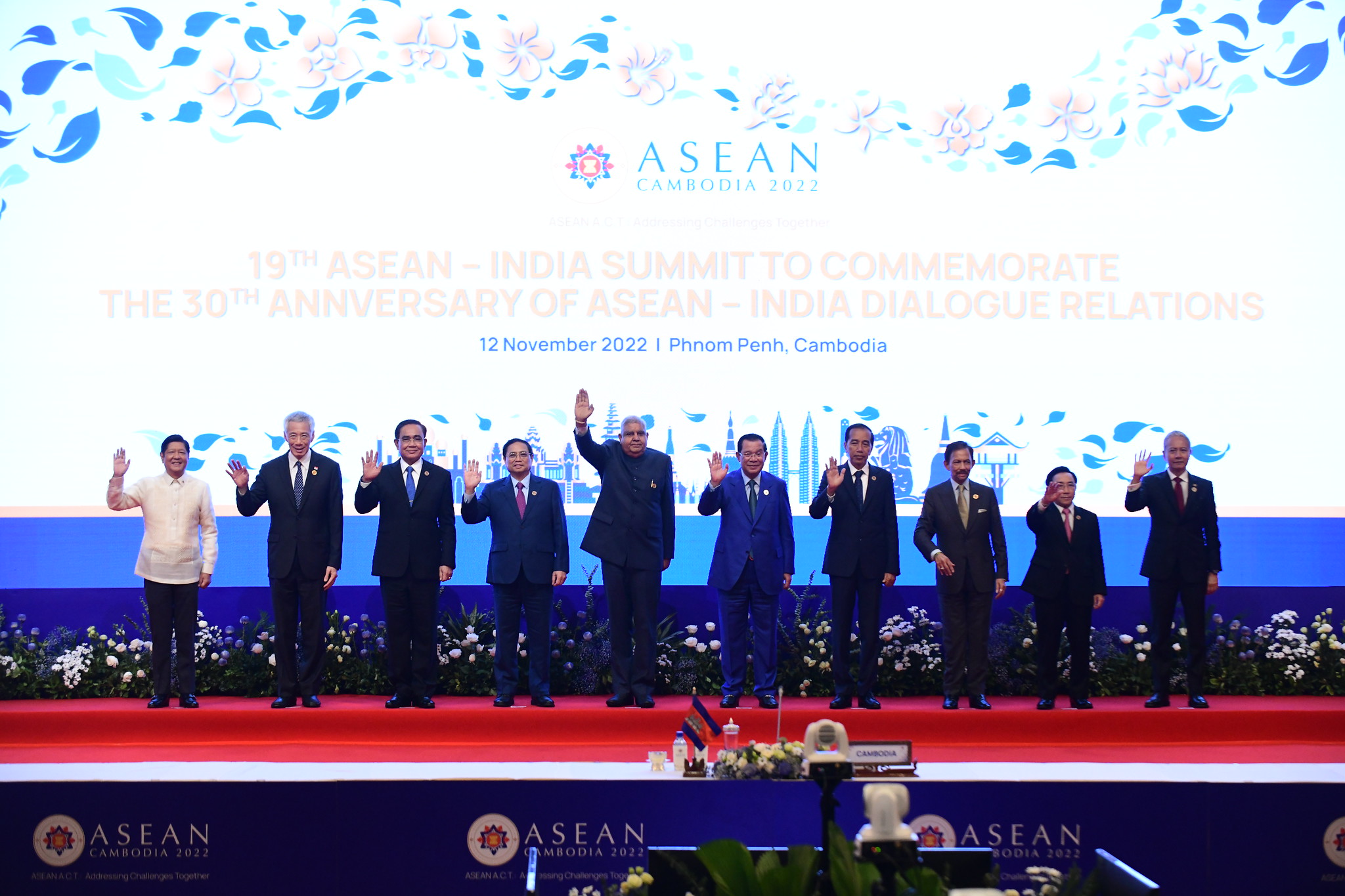Let’s be clear: ASEAN isn’t hedging its bets – it’s deepening its commitment to China. Secretary-General Kao Kim Hourn recently made it abundantly clear that the bloc is laser-focused on amplifying its comprehensive strategic partnership with Beijing, and frankly, it’s a smart move. In a world increasingly defined by fragmentation and geopolitical tensions, a pragmatic approach is essential.

Since elevating ties to ‘Comprehensive Strategic Partnership’ in 2021, trade between ASEAN and China has exploded, solidifying their position as each other’s largest trading partners. That’s not accidental, folks. That’s strategic alignment in action.
And it doesn’t stop there. Negotiations for ASEAN-China FTA 3.0 are essentially done, paving the way for serious collaboration in the digital economy, green industries, the blue economy, and much-needed customs procedure streamlining. This isn’t just about trade figures; it’s about future-proofing ASEAN’s economic resilience.
But let’s unpack what FTA 3.0 actually means. It’s about removing barriers to entry, creating more competition, and, ultimately, driving down costs for consumers.
Furthermore, ASEAN is aggressively pursuing enhanced connectivity, tourism, agricultural cooperation, and people-to-people exchanges with China. Expect even more zero-tariff initiatives and expanded coverage, propelling ASEAN towards its goal of a genuinely unified market.
Key Takeaways: Understanding the ASEAN-China Relationship
ASEAN-China relations have steadily strengthened, marked by increased trade volume and deepening strategic alignment. The upgrade to a ‘Comprehensive Strategic Partnership’ in 2021 was a pivotal moment.
The ASEAN-China Free Trade Area (FTA) version 3.0 represents a significant step forward, focusing on emerging sectors like digital and green economies. This will lower trade barriers.
Cooperation isn’t limited to economics. Efforts are focused on infrastructure, tourism, agriculture, and cultural exchange, promoting broader regional integration. This fosters stronger ties.
Secretary-General Kao Kim Hourn’s statements signal a clear commitment to multilateralism and collaborative solutions to shared challenges. This is pragmatic diplomacy.






